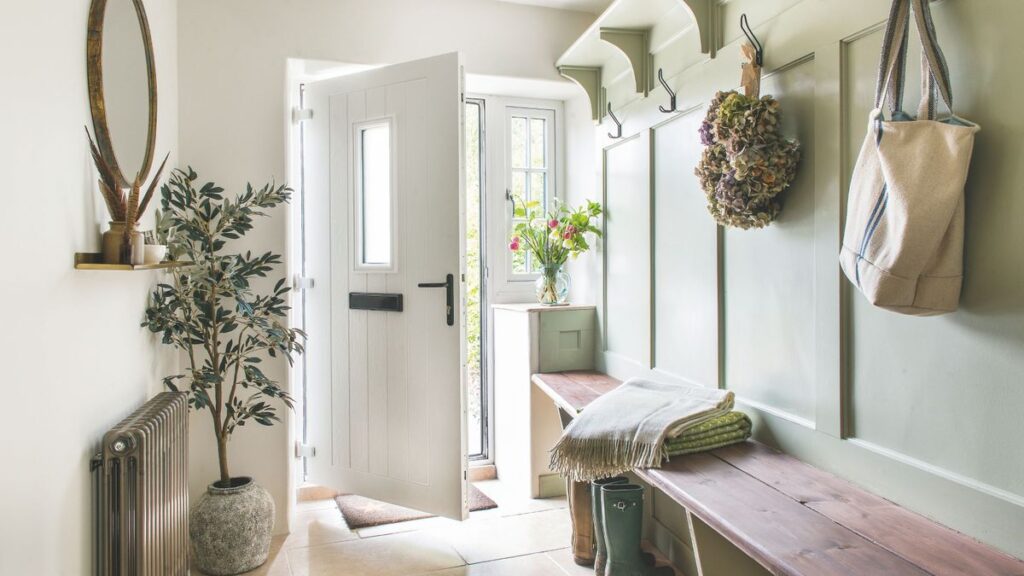A few weeks ago, I bought my first home, a ground-floor flat in London. I didn’t have a sofa, a dining table or a wardrobe, but before I even started looking at furniture, there was one £10 buy I bought almost as soon as I moved in: a letter box draught excluder.
A letterbox draught excluder costs around £5-10 on Amazon and is an internal flap that fits onto a door and often includes a brush seal.
If you’re baffled by this being my initial purchase for my home as a first-time buyer (especially as someone who writes about interiors for a living), let me set the scene for you. This was going to be my first ground-floor flat with an external front door; not only did that mean I wanted to draught-proof my front door, but I also wanted reassurance that no one could peer through or go ‘fishing’ through my letter box.
The door already had an old internal letterbox flap, but when this came clattering off after a letter was pushed through, I was unconvinced of its ability to keep my home warm and secure. So, on the same day I moved in, I went straight to the local hardware store to buy a letterbox draught excluder with a brush.
As the name suggests, a letterbox draught excluder does what it says and stops cold draughts from the door. ‘Draught-proofing an external door is one of the quickest and most effective ways to prevent heat loss, and installing a letterbox draught excluder is a simple yet often overlooked solution,’ says Alex Peters, Author of Checkatrade Cost Guides.
As a bonus, letterbox draught excluders can also be a protective measure against ‘letterbox fishing’, where burglars feed things through a letterbox to steal keys.
‘Letterbox draught excluders not only provide an extra layer of protection to reduce heat loss and potentially lower energy bills, but they can make life harder for burglars – getting a draught excluder with bristles helps provide an extra layer of protection and obstructs the view of anyone trying to peek in,’ confirms David Joyson, Chief Customer Officer at specialist home insurer, Homeprotect.
Of course, you can’t put all your trust in a draught excluder. It’s also important to keep your keys away from the front door, and consider installing a letterbox restrictor to further restrict anyone from gaining access. David explains, ‘No evidence of forced entry may not be covered by your home insurance policy, which could mean you may be unable to claim on your contents insurance.’
Where to buy
Stormguard Letterbox Cover Draught Excluder
If you already have a letterbox flap you can easily install a brush cover to add an extra level of protection from draughts and burglars.
Stormguard Letter Box Cover With Brush & Flap
If you want a letterbox draught exclude with a little more flair then this is the one for you with a striking brass finish.
Yale P-Ylpr-Ch Letterplate Restrictor
If you already have a draught excluder in place, this plate restrictor can add an extra level of security to your letterbox.
Is it easy to install?
According to Alex, most letterbox excluders are easy to install. ‘Installation is often straightforward. Measure the letterbox opening to ensure a proper fit, mark the screw holes while holding the excluder in place, secure it with screws or adhesive, and test to ensure smooth operation.’
It is a relatively easy home repair you can DIY, but if you’re not confident in your skills, you can call in a professional from Checkatrade or even call out Taskrabbit to help you.
I installed mine relatively easily, and it has made the hallway feel so much warmer and made me feel that little bit more secure when going to sleep at night. Considering I paid less than £10, the payoff has been huge, and I don’t regret it being my first purchase.
What was the first thing you bought for your first home?
Read the full article here
